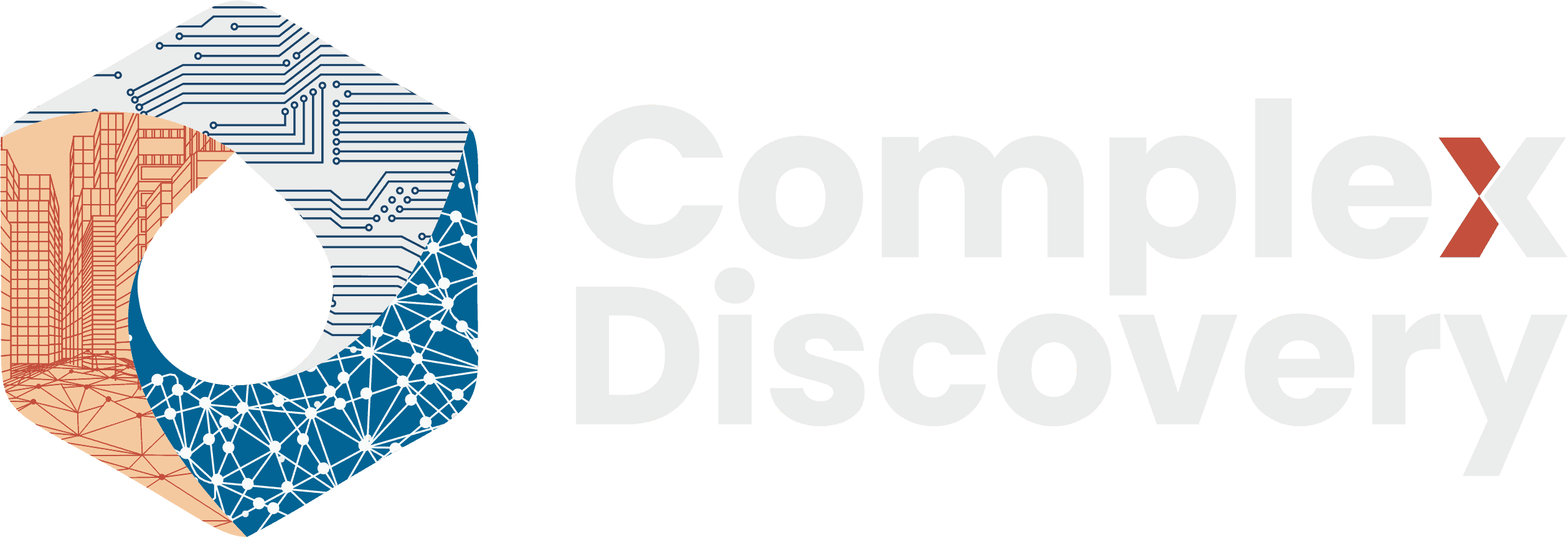Cyberattack on UnitedHealth Group Subsidiary Exposes Fragile Balance Between Healthcare and Cybersecurity
The cyberattack on Change Healthcare, a subsidiary of UnitedHealth Group, by the ransomware group BlackCat, has disrupted healthcare services by halting claims processing and revealed the vulnerability of healthcare IT…





















